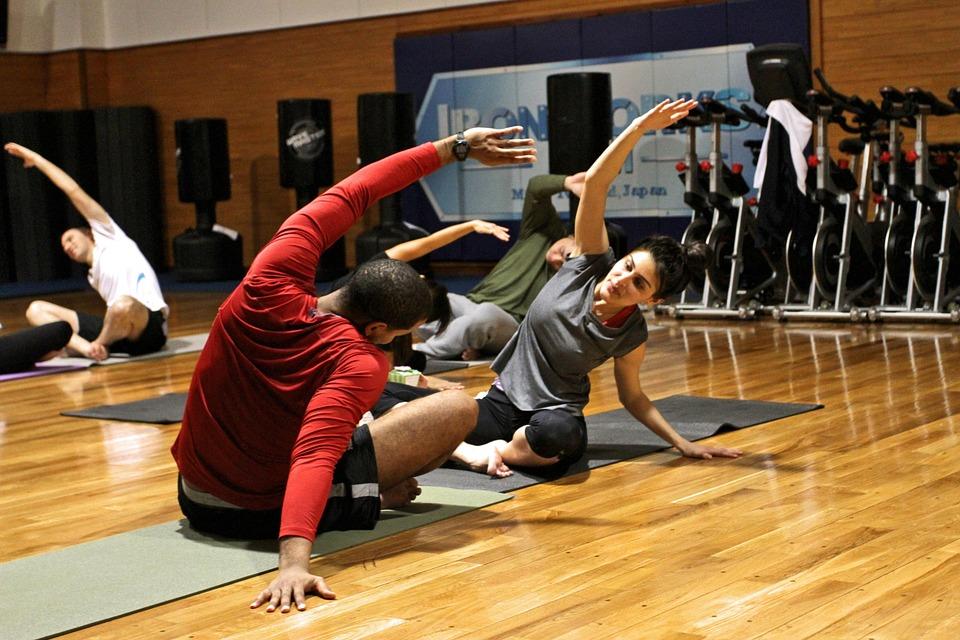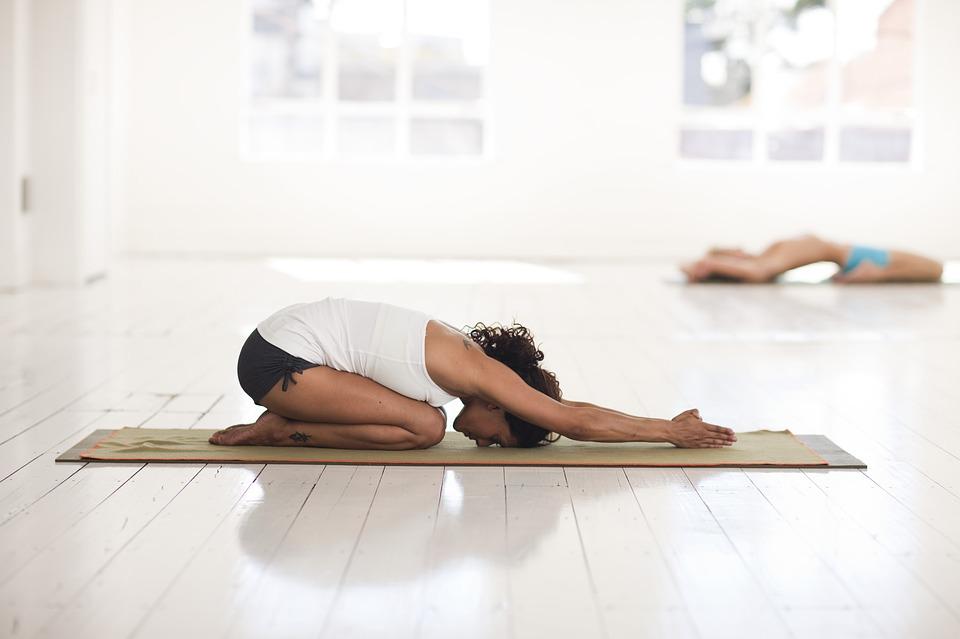Poor posture can quickly lead to pain in other parts of your body, including your back, neck, and shoulders. It can also cause stress on your core and spine that can eventually lead to injuries. Developing a good posture not only makes you look better and slimmer - it also relieves many types of back pain, improves your mood, and makes your everyday tasks easier to carry out.
Achieving and maintaining good posture isn’t as hard as you may think. To help improve your posture naturally, try these five low-impact, no equipment exercises that can help you improve your balance, stretch out your tight muscles, and enhance your posture without losing your flexibility.
And remember: if you experience pain at any point during the exercises, stop immediately and rest.
1. Neck Stretch
This exercise stretches out the muscles in your neck, which can help improve your upper body posture as well as reduce pain from a sore neck.
Position yourself in a neutral starting position: either seated on a stationary chair with a supportive back or standing with feet hip width apart. Rest your hands in a neutral position on your thighs and gently roll your head to one side in a half-moon pattern. Hold for 5 seconds, then roll your head in the opposite direction. Relax, and repeat as desired.
To avoid injury, you will need to keep your head straight as you perform the stretch.
2. Side Bend
Here, you'll stretch out the muscles in the sides of your body, which can help improve your posture as well as reduce pain from a sore shoulder or neck. You can rest your hands on a wall or door frame for support as you perform this exercise, or perform it in a seated position.
Start by standing with feet hip width apart, and then place your hands on a wall or door frame, with your palms flat against the surface. Keeping your balance and your back straight, slowly lean to one side until you feel a stretch in the side of your body. Hold for 5 seconds and repeat on the opposite side.
If seated, place your hands out to the sides of your body and slowly lean to one side until you feel a stretch in the side of your body. Hold for 5 seconds and repeat on the opposite side.
Be careful not to round out your back as you stretch - always keep it straight to avoid straining your muscles.

3. Forward Bend (Chair Stretch)
This exercise stretches out the muscles in your lower back, which can help improve your posture as well as reduce pain from a sore lower back. Begin by placing both hands on your desk or the back of your chair and bend at the hips. Keep your neck and back straight as you gently lean your head towards your desk or the back of your chair.
Complete the exercise by slowly pulling your head and neck back to an upright position.
4. Forward Bend (Unsupported)
You will need a yoga mat and plenty of space to perform this version of the previous exercise. Start by standing on the yoga mat with your feet about a foot apart and both arms straight out in front of you. Keep your head and neck alert, but relaxed as you bend forward from your hips until you feel a stretch in your hamstrings, hip flexors, and lower back. You should aim to touch your toes - but don't force it!
To complete this exercise, slowly lean backward until you feel the stretch in your hamstrings, hip flexors, and lower back. You can also use a wall for support if doing this exercise in an office setting.
5. Child's Pose (Lower Back Stretch)
This exercise stretches out the muscles in your lower back, which can help improve your posture by strengthening your core and pelvis and increase your overall balance. This can also help relieve sore muscles in your lower back.
You will need a padded yoga mat or towel to support your body as you perform this stretch. Begin by kneeling on the mat and stretching your arms directly in front of you. Straighten your back and neck, then slowly crawl your hands forward on the mat as you lean until your forehead touches the mat. Hold for 10 seconds, then slowly come back up to a kneeling position. Repeat as desired.
If you already have sore joints, try using a pillow or towel on the mat under your head as you lean forward to perform this stretch, as well as foam protective pads or a flat cushion for your knees.

6. Runner’s Stretch
This exercise stretches out the muscles of your legs, which can help improve your posture by strengthening your core and pelvis, and increase overall stability. This stretch can also help improve your balance and your ability to walk for long periods of time.
You will need a yoga mat to perform this exercise. Start by standing on the yoga mat with your feet about a foot apart and both arms straight out in front of you. Keep your head and neck alert, but relaxed as you lunge forward from your hips until you feel a stretch in your hamstrings, hip flexors, and lower back. Hold for 5 seconds, then take a step back to return to your starting position.
Switch starting legs and repeat as desired. You can also use a wall for support if doing this exercise in an office setting.
If you want to develop good posture - the type of posture that will make you feel strong, confident, and comfortable - it's crucial to exercise regularly. Incorporate daily low-impact exercises into your daily routine to maintain good posture and prevent injuries.
Try performing one or more of these exercises every day, in addition to stretching regularly, and you should see a noticeable difference within a few weeks.